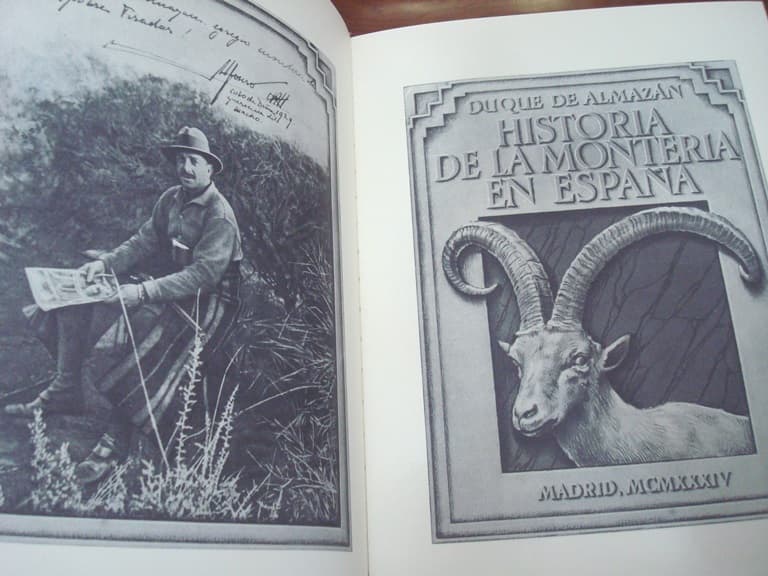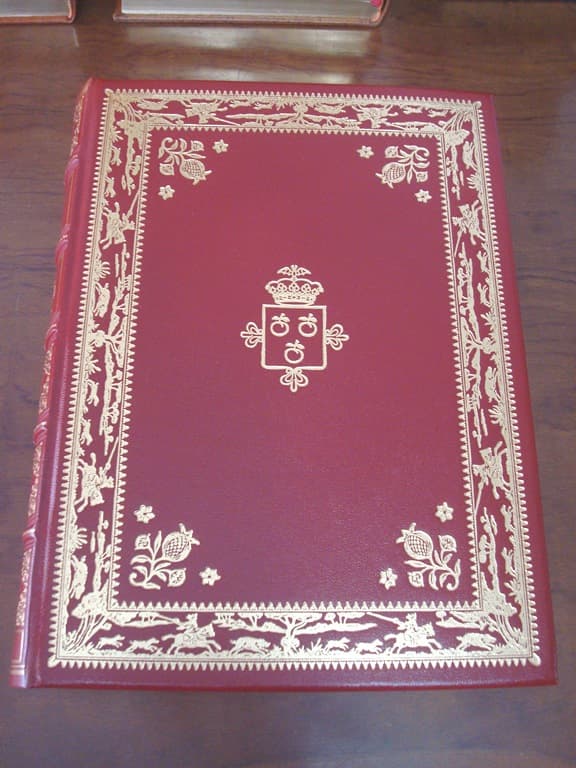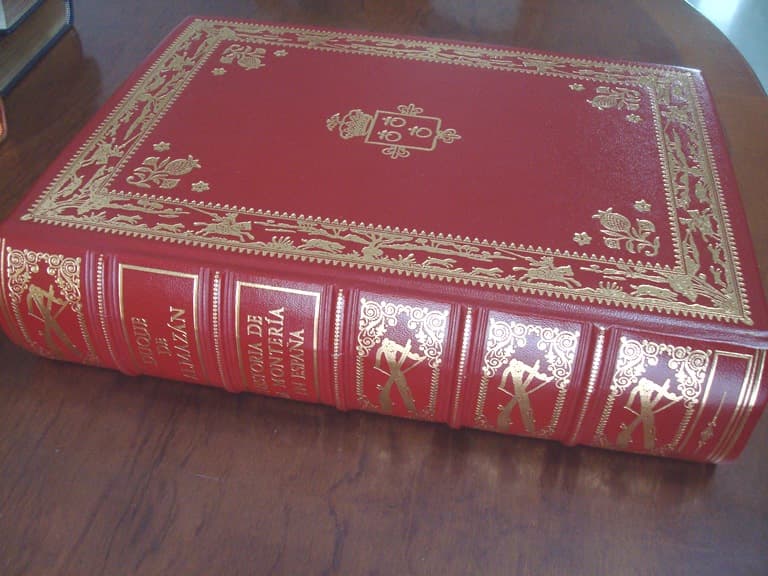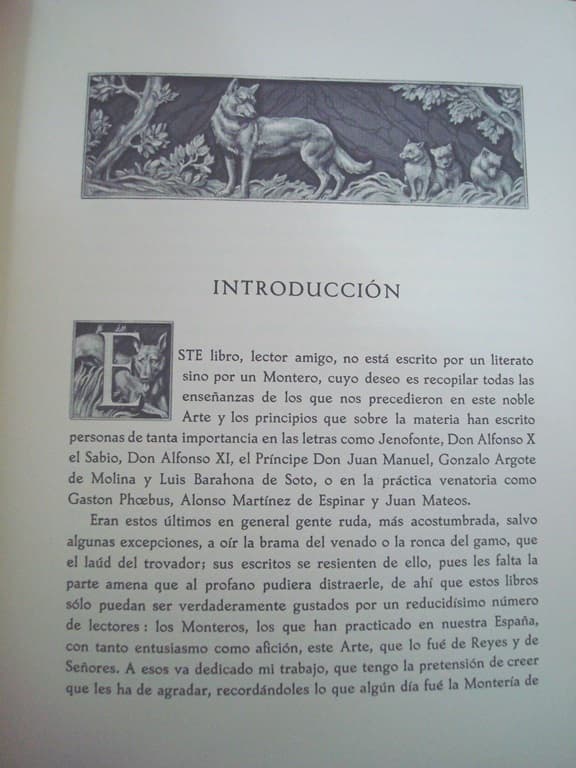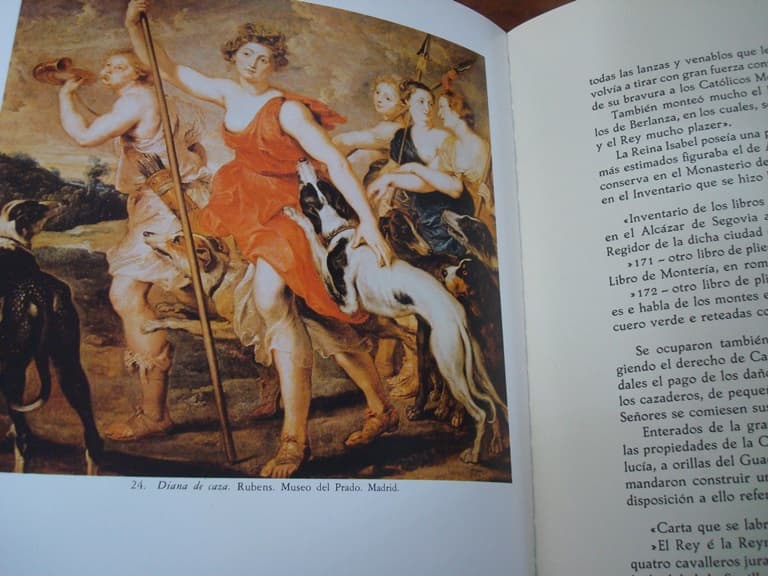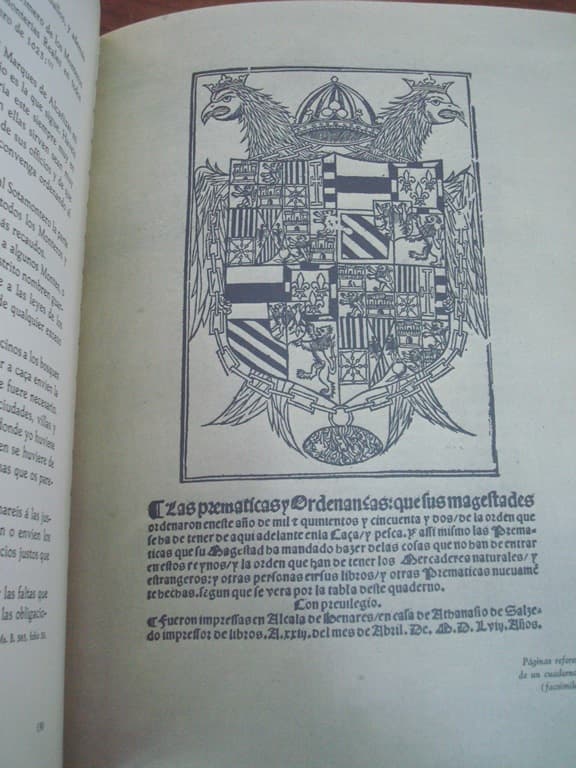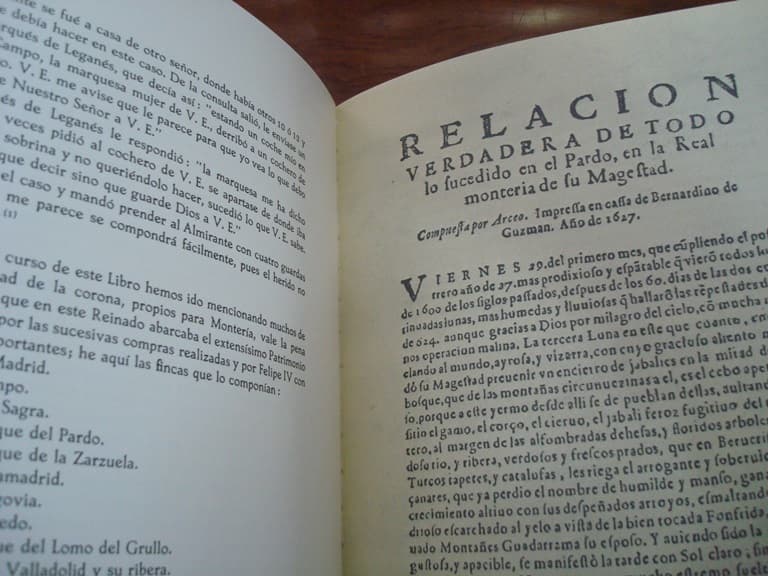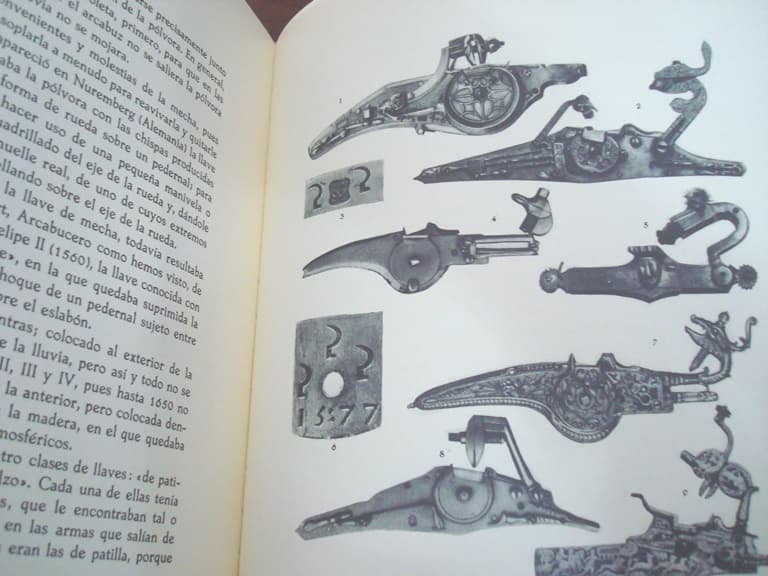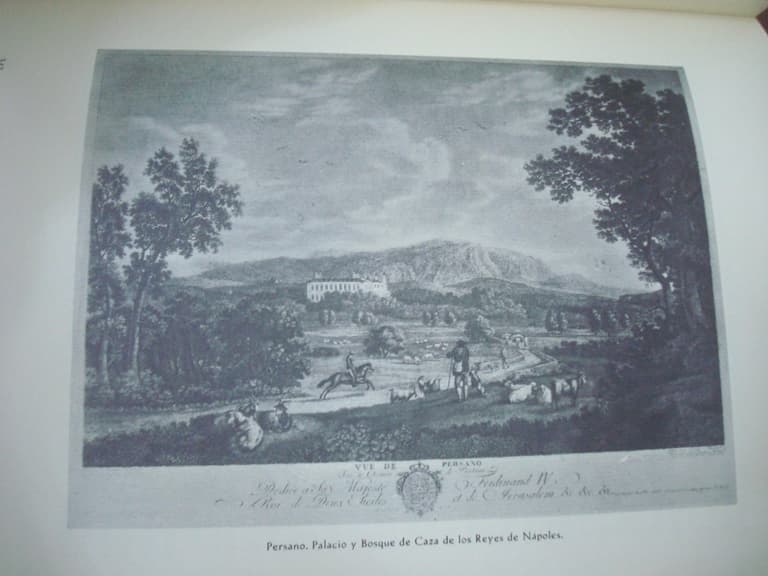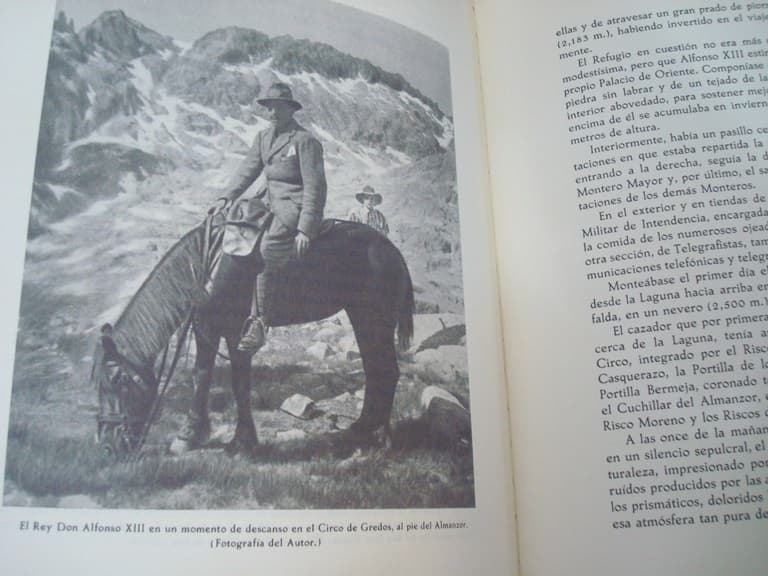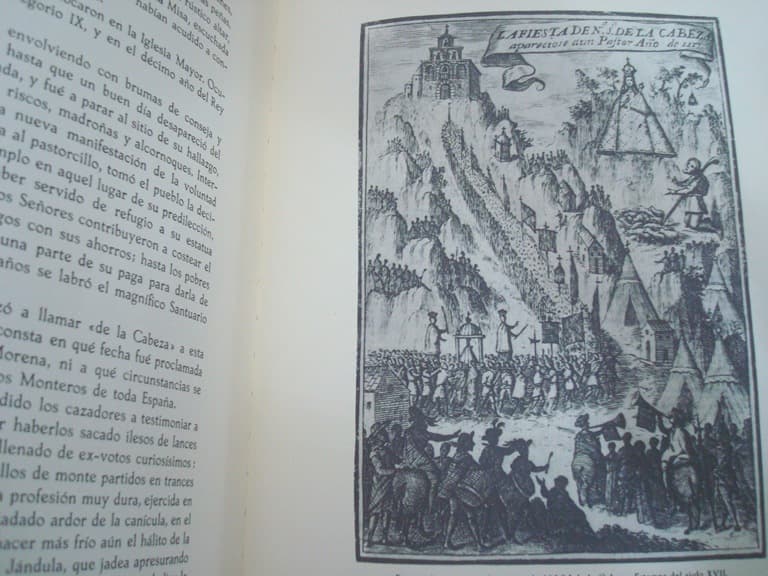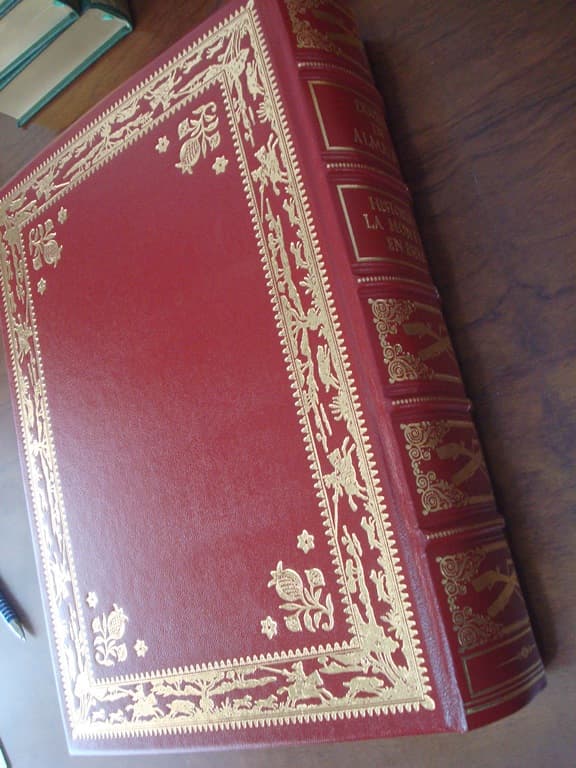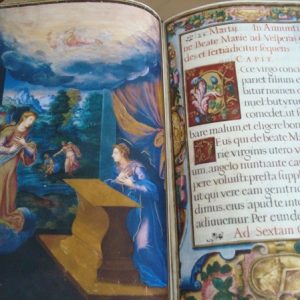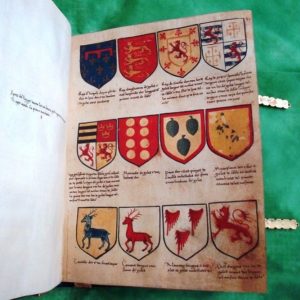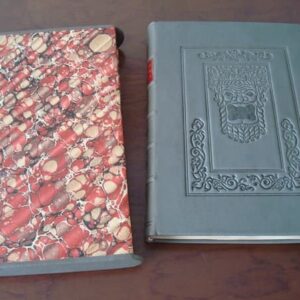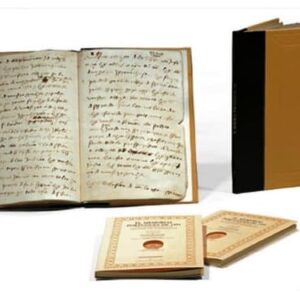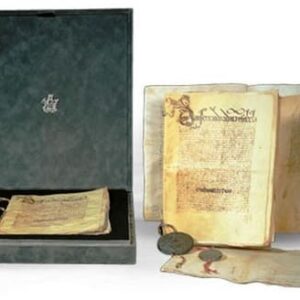Description
Facsimile edition made in 1981 by Ediciones Giner of the work “Historia de la Montería en España”, by the Duke of Almazán in 1934.
According to the ISBN, the author was Alfonso de Mariátegui y Pérez de Barradas, who in 1934 was the Duke of Almazán consort. In other places the author is indicated as Carlos Martietegui, Duke of Almazán. The book does not mention the specific author.
Numbered edition limited to 2,000 copies, bound in editorial red leather with coat of arms and gilt ironwork with hunting motifs, ribbed and highly gilt spine, gilt upper edge, heavy cream paper. Format 26 x 34.5 x 8.3 cm. 576 pages with numerous illustrations and facsimile of title pages and manuscripts between the text, plus another 64 pages with color images outside the pagination.
“In Spain they were prohibited for hunting big game until the arrival of Emperor Carlos V from Flanders, who promoted and authorized, to the astonishment of many, the use of the arquebus in hunting. For another couple of centuries the horse continued to be present in hunting, and continued to be used to reach and obtain wild boars with assegayas, spears and spears. But already in 1644 Martínez de Espinar began to title chapters of his book as “Montería con lance” (on horseback), to differentiate them from hunting on foot (with an arquebus). Both coexisted already covering the armadas or distant escapes with harquebuses, which they fired if the rider did not reach the game before. But the arquebuses were easier to buy, maintain and transport than horses, which allowed them to invade the fields, later being perfected as shotguns and rifles with precision and range unthinkable already in the 20th century, so that the horse was relegated in hunting. but always very present within the spots where many good rehaleros led their dogs on horseback during the hunt, transporting the rehalas from farm to farm following the horse or helping to remove the carcasses from the bush together with the mules.”
New copy, brand new, in perfect condition.
Free shipping for this item. Ask us any questions you have, indicating the article reference.




